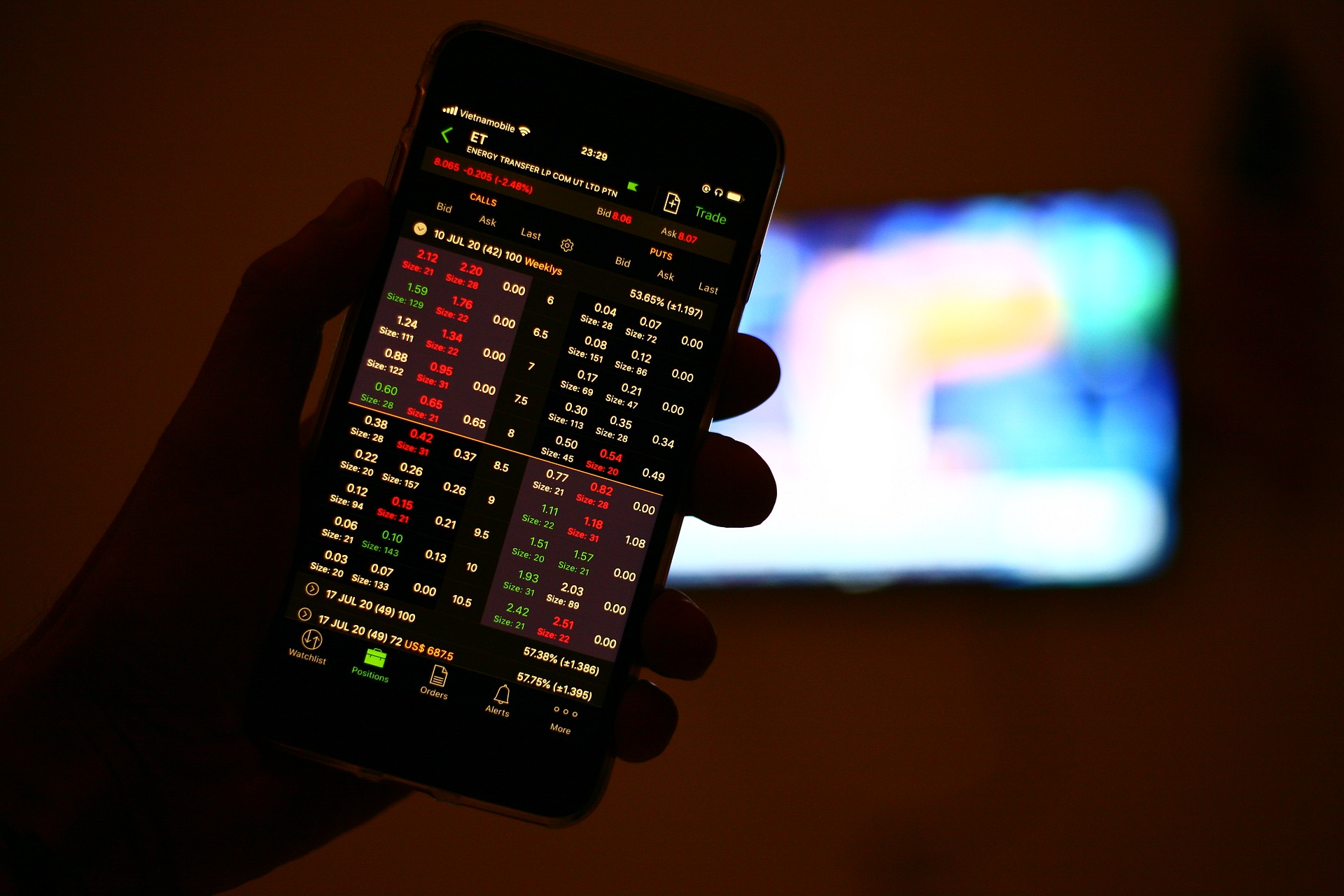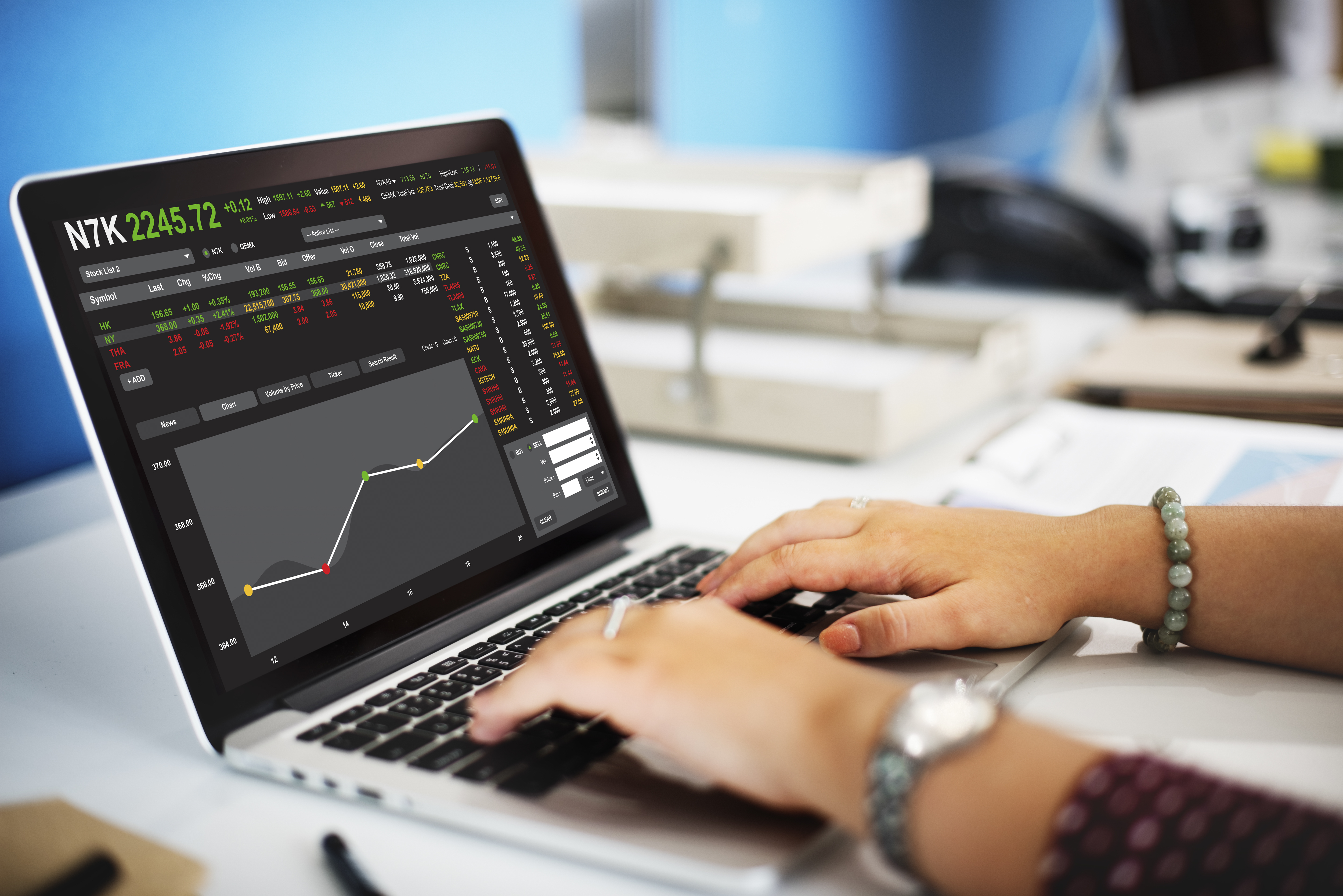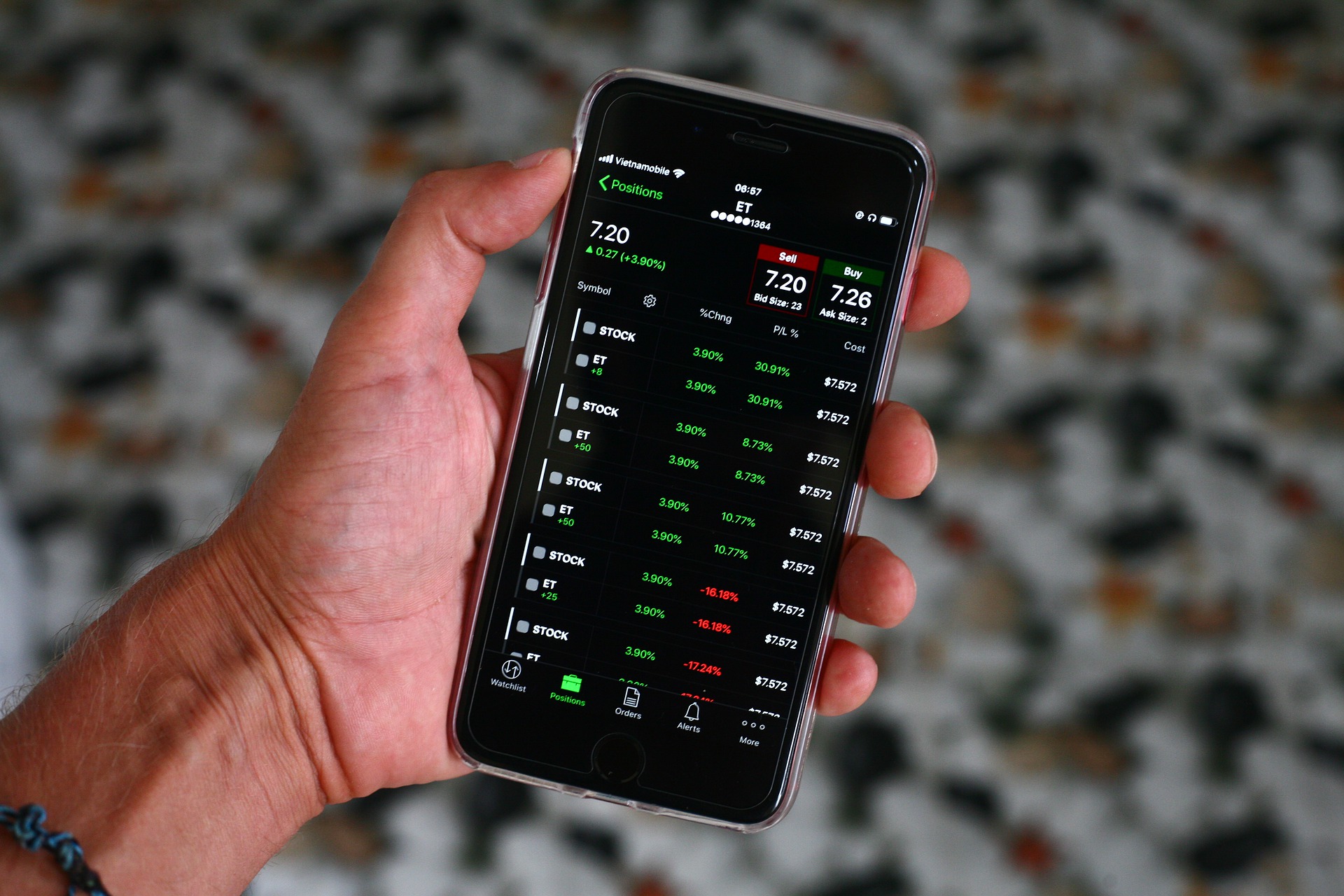Options trading, is the type of trading where the buyer buys a particular contract to get the right but not the obligation to buy or sell an underlying asset at a predefined price in the future. Now, the buyer could be bullish or bearish and therefore there are two different types of options, call and put. But what is the difference between call option and put option?
How and when to trade in both these options and are there any similarities in trading these options?
In this article, we will cover all the major points related to trading calls and put options.
What is a Call and Put option?
In general, the trader opens a position by buying shares at a low and selling at a high price. This is a basic psychology behind trading, but options trading is not buying or selling shares, in fact, it is about trading contracts, where the buyer buys a contract by paying a premium to the seller and gets the right but not the obligation to buy or sell the underlying asset if the market closes in his favor on expiry.
Here if the option buyer is bullish he trades in an option contract that gives him the buying right and when he is bearish towards the market, he buys an option contract with the selling right.
This is what differentiates the two types of options.
The former is called the call option while the latter is the put option.
Difference Between Call and Put Option Features Call Option Put Option Definition It is the type of option that gives buyer the right but not obligation to buy an underlying asset at predetermined price on expiry It is the type of option that gives buyer the right but not obligation to sell an underlying asset at predetermined price on expiry Gives Right to Buy Sell Relationship with Stock Market Direct Indirect Trader Looks for Increase in Price Decrease in Price
Buying a call or selling a put in a bullish market while buying a put and selling call in a bearish market condition brings an opportunity to earn profit in the market. Analyzing trends, trader’s aggressiveness, volume, and other parameters are important to understand how to do options trading.
Call Option Example
Let’s understand the difference between call and put option with the help of an example. Suppose trader A is bullish towards a market when the Nifty is trading at 18500 and therefore bought a call option from trader B, who ofcourse is bearish towards the market, by paying a premium of ₹100 i.e. ₹5000 per lot.
The expiry of the contract is after a month.
Now, whether buyer A would be able to earn profit or not will be determined by considering the intrinsic value of options, the formula for which is:
Intrinsic Value = Spot Price – Strike Price
Case 1: Nifty expired at 18900
In this case, the market closed in the buyer’s favor and hence the buyer earns a profit in options trading equal to intrinsic value:
= 18900 – 18500
= ₹400
Case 2: Nifty expired at 18500
Here the intrinsic value is 0 hence the option expired worthless and the buyer faced a loss equal to the premium. On the other hand, the seller earned a profit equal to the premium.
Case 3: Nifty expired at 18000
Intrinsic value is (18000-18500) -400, hence 0. Thus, in this, the buyer again did not make any profit and the option expired worthless.
Thus, it is clear that in the call option, the buyer exercises the option and earns profit if the market expires above the current market value. On the other hand, if the market goes south, then the option buyer exits the trade without exercising the trade facing a loss equal to the premium amount which is the maximum profit of the seller.
Put Option Example
The major difference between the call-and-put options is the outlook toward the market. Here the buyer pays a premium to the seller when he is bearish towards the market and wants to gain the right but not the obligation to sell the underlying asset at a predetermined price on expiry.
In simple terms, here the buyer exercises the option when the market closes below the market value. The profit is again equal to the intrinsic value which is:
= Strike Price – Spot Price
Considering the above example, where the buyer is now bearish towards the market and bought Nifty 18,500 PE by paying ₹5,000.
Case 1: Nifty expired at 18,200
Intrinsic Value = 18500 – 18200
=₹300
The buyer earned a profit of ₹300.
Case 2: Nifty expired at 18,500
Intrinsic Value = 18,500 – 18,500
=0
The option expired out of the money, i.e. worthless.
Case 3: Nifty expired at 18,700
Intrinsic Value = 18,500 – 18, 700
=-200~0
The option expired worthless and the buyer faced a loss equal to the premium amount.
Conclusion
The difference between call and put options is only about the buyer taking the position to gain a right but not an obligation to buy or sell the underlying assets on expiry, respectively. No doubt, trading either of these options could be risky for both buyer and seller, hence one must consider trading using option trading strategies.
We at Stock Pathshala provide you with advanced-level stock market courses that can help you in making minimum mistakes while trading. Keep in mind that a wise trader is only a person who knows how to handle risks.
In case you’d like us to call you back to explain more about stock market learning, just leave your contact info below:
Before investing capital, invest your time in learning Stock Market.
Fill in the basic details below and a callback will be arranged for more information:









